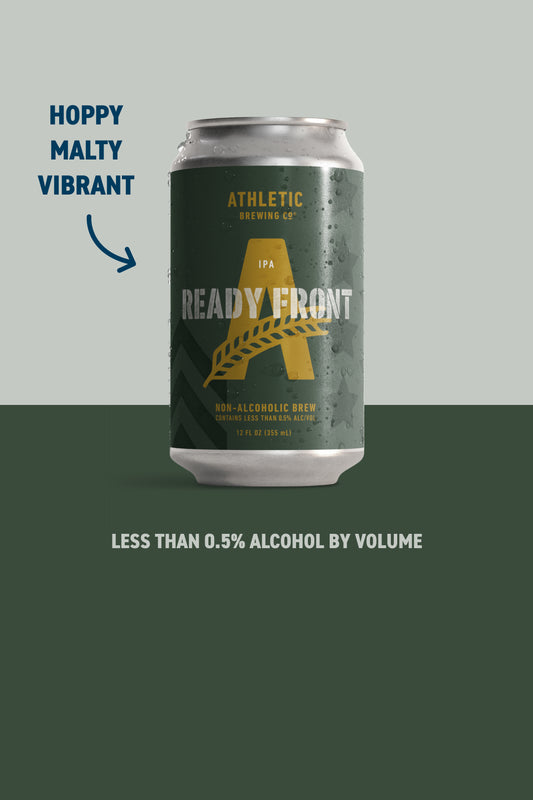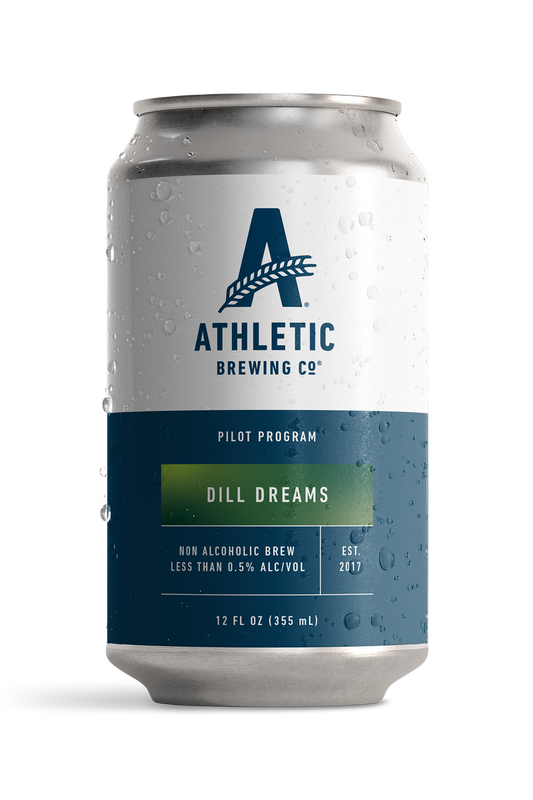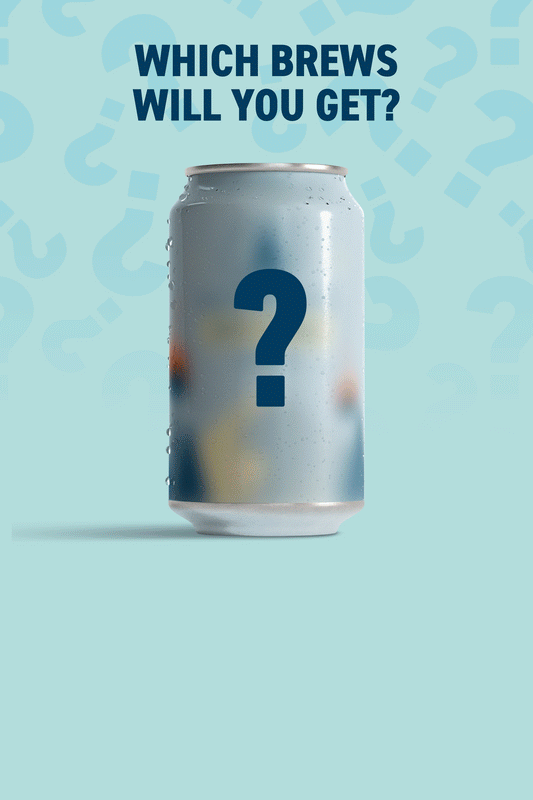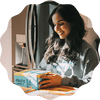Written by Emilé Newman
Emilé is a snowboarder, writer, and sustainability and climate specialist. She earned her Masters in Environmental Management from the Yale School of Environment. A former ecologist and outdoor educator, Emilé now works at the intersection of climate and snow sports where she assists brands and organizations on their sustainability and decarbonization goals while pushing her own progression as an athlete. She is one of few black female snowboarders to be featured in multiple films focused on bringing environmental thinking, diversity, and inclusion to the outdoors, including The Approach and Ascend.

Outdoor Adventuring and Environmentalism
Early on in my outdoor adventuring, I became deeply aware that access to and the protection of natural landscapes was far from a sure thing. Whether landscapes are threatened by conversion or resource extraction and or from a shifting climate. Through my education and time spent as an outdoor educator, I learned not only that the intrinsic value of nature was and is under threat but intertwined with that was the diminished prospect of future generations and marginalized groups being able to experience nature’s abundance from both a survival and well-being perspective.
As a young woman with little to no exposure to the natural landscapes prior to the age of 13, I’m not exaggerating when I say the experience of being in nature changed the trajectory of my life. From the moment I touched down in Jackson, WY and my eyes fell upon the Teton Range, my life and perception of what life could be forever shifted. Before then, my exposure to the natural world was limited to low-definition images coming from TV. Now as an adult, the natural world in its physical form still draws me in and captivates me. Whether it was backpacking, horseback riding, snowboarding, outdoor education, gardening and all spectrum of outdoor activities, the mountains provided a venue for me to exercise my utility and build my sense of worth and my ‘enoughness’.
When we are making our own decisions and navigating terrain, our time in the mountains becomes more nourishing. Learning to be self-sufficient and care for my needs in the outdoors fortified my self-esteem, opportunities young females identifying women of color and marginalized communities tend to lack. That space to build my confidence and the resulting sense of agency I gained over years spent playing, learning, and navigating the mountains very much informs the person I am today.
My pursuit of everything and anything that allowed me to get outside led me to obtain a range of environmental-related undergraduate and master’s degrees and become an athlete ambassador for a spread of outdoor brands. Whether it was working as an outdoor educator and naturalist, as a field ecology researcher in the Amazon, as a range technician in the remote grasslands of Idaho, or on a farm in Montana, there are many ways we can cultivate a sense of attunement with nature. And there are so many ways we can care for this beautiful living rock we stand on.
All the little ways, like volunteering to replant native species or participate in trail maintenance and clean up days, and even citizen science. Still being in a better relationship with the natural world is an ongoing practice—and how complicated a task it can be given the structures we operate in. Despite the current fossil fuel dominant imperfect reality we exist within, we can still hold onto concepts around environmental stewardship and sustainability to guide us in daily life. Overall, environmental stewardship and building our capacity for sustainability is critical for promoting the long-term health and well-being of both humans and the natural world.

As we lean into our relationship with the great outdoors in celebration of Earth Month, I want to highlight some ways we can give back to the landscapes that surround us and build a relationship with the natural world all year long.
Ways to build your personal environmentalism
Get Curious
Cultivating your environmentalism begins with you and ends at the reaches of your curiosity; what environmentalism looks like for you is as expansive as you dare to go and your capacity to follow up on that curiosity. It takes a sense of knowing what stimulates you and excites you. It can look like your desire to learn more about the ground you stand upon, who was there before or why the world is structured and appears the way it does. How are our global food systems able to support as many people globally as they do. Nothing we see exists without reason all due to some causal feedback or legacy of interactions. It can be about the pleasure you get out of using your hands and body that leads you outside and into wanting to steward and restore what is all around you. It’s as simple as noticing the plants and life that are present when you go outside and asking why or how they got there. Or what resources it takes to support our survival and what the impacts of our consumption and choices are. For instance, Earyn McGee, a 27-year-old Los Angeles-based herpetologist, who uses her obsession with lizards to inspire a passion for science in Black and brown communities; her #findthatlizard videos on Instagram are a manifestation of her curiosity, and contagious to their core.

We can all follow Earyn’s example, just think about the ways in which we like to spend our time and the potential ways the environment facilitates or plays into what you enjoy. Environmentalism can be rooted in the satisfaction you get out of being around people that leads you into grassroots organizing and participation. Whether your curiosities follow along the lines of things that are cerebral, creative, physical or all, there is an environmental outlet for you waiting to be explored.
Research + Educate yourself
Curiosity doesn’t matter too much if we don’t have the knowledge and tools to turn our passion into progress. Maybe at one point, it would have been enough to just enjoy Nature, but we need everyone that cares to show up and make a difference. Take the time to look up local organizations doing work alongside the curiosities you are seeking to investigate. We can have a positive impact on the planet and our communities not only through environmentally-centered work. Are you into mountain biking, hiking or other outdoor activities? Often there is an organization in your area already doing work to increase accessibility to activities and getting outside. Little acts can have cascading impact and influence, if you like biking and want to help volunteer building bikes or encourage access to trails encouraging more people to use their bikes over driving this is better for the well-being of the planet and people. There are a host of citizen science initiatives and organizations, outdoor education, farmer’s market volunteering, clean-up initiatives waiting for you to participate. Check out how over 100 Athletic’s teammates from across the globe got outdoors and volunteered with organizations this Earth Month!

Shifting towards deeper learning you can take the time to find good natural history and environmental books to read. If you are wanting to learn more about, say what tribes occupied the land where you live, and what historical human nature interactions existed prior to modern society, that is one way you can become more deeply aware and build your own sense of belonging to a place through understanding. Understanding these histories and relationships is vital to bettering our own environmental stewardship to protect habitats and prevent the extinction of species and maintain healthy and resilient ecosystems. Finding ways to organize and participate in community events, such as cleanups, tree plantings, or environmental education programs holds many ways for us to build our own sense of environmentalism.
Looking into how you spend your dollars is incredibly important as well too. The way we spend our money from consumption choices and how we invest our money carries real world political and environmental impact. For example, if you’re a craft non-alcoholic beer lover, Athletic Brewing’s Two for the Trails program donates up to $2 million annually of all sales to protecting and restoring outdoor spaces across the globe. Plus, as a part of its IMPACT Program, 1% of revenue goes to non-profit organizations that support positive impact and opportunity from the ground up. This is a living example of how seemingly insignificant choices like what we purchase can have significant ripple effects. Supporting companies and products that prioritize sustainability and social responsibility is one way we can advocate for the planet daily when for instance we can’t make it to the trail clean-up day. However, this is easier said than done. It is not always easy to tell which companies or products have integrity to back up their sustainability claims. The B-corp certification —which Athletic Brewing carries proudly— is one way to know you are supporting a company that is backing up its mission-driven claims with real world action.
I’m entering my third decade of life on this planet. I’ve been lucky to be hugged by big mountains, dry deserts, rainy forests and warm coastlines. These places, and the ways that we enjoy them, are so much of what makes life rich. And so, as we continue to live, and look to nature for these amazing experiences, the human collective has got to hug back.
Do the Work
Remember that it is helpful to practice mindfulness in nature and take the time to slow down and appreciate the natural world around you. This will help you develop a deeper sense of connection to the natural world and increase your desire to protect it.
You can reduce your carbon footprint; in the west we carry an outsize and disproportionate carbon footprint relative to many lower-income countries and people in the world. One of the biggest threats to the environment is the amount of carbon dioxide that humans are releasing into the atmosphere. You can reduce your carbon footprint by making small changes in your daily life, such as driving less, eating a plant-based diet, or using energy-efficient appliances. And despite the imperfect nature of offsets, they are a tool we have and can use today. But it begins with finding highly credible suppliers such as Gold Standard and Cool Effect.
You can support environmental causes. There are many organizations that are working to protect the environment and promote sustainability. You can support these causes by donating money, volunteering your time, or simply spreading awareness on social media. Don’t forget to follow me @curlsinthewild and @athleticbrewing to follow both our efforts!
Practice sustainable living; Living sustainably means consuming resources in a way that allows them to be replenished naturally over time. This can involve reducing waste, conserving water, using renewable energy sources, and choosing products that are environmentally friendly.
Advocate for change; As an individual, you can only do so much to protect the environment. To make real change, we need collective action at the local, national, and international levels. You can advocate for change by writing to your elected officials, attending rallies and protests, or supporting political candidates who prioritize environmental issues.
In building your personal brand of environmentalism there are many simple yet profound ways to cultivate your ownership. Now that you’ve done the work of exploring your curiosities and researching ways to get out there. There is no time like the present to sign up and get out there this Earth month and beyond to create positive change for people and the planet.




























 Your Privacy Choices
Your Privacy Choices











